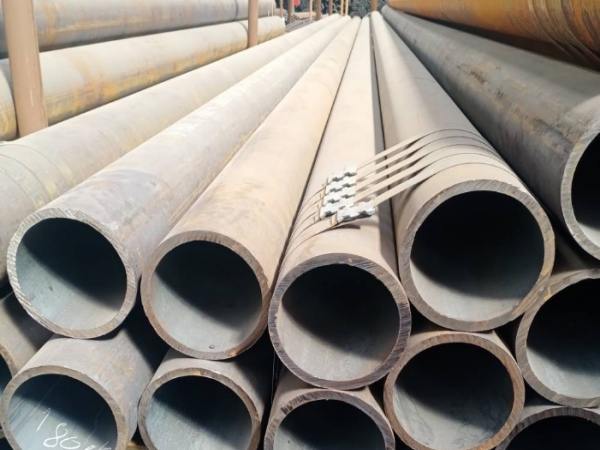How to install the seamless hydraulic tube correctly?
Installing hydraulic pipe correctly is a critical task that requires careful attention to detail. It is important to understand the technical specifications of both the piping and the components connected to it before proceeding with installation, as this will ensure the successful operation of the system and help to avoid costly repairs later on. In this essay, we will provide an in-depth overview of how to correctly install a hydraulic pipe, beginning with an introduction to the materials used for construction and then breaking down the installation process into its several steps. We will also discuss some of the common mistakes that should be avoided when installing a hydraulic pipe, and then conclude by providing a summary of the key points from the essay.

Pipe materials
There are a variety of different materials that can be used for hydraulic piping systems, such as copper tubing, steel tubing, aluminum tubing, and polyethylene tubing. Each material has its own set of advantages and disadvantages, so it’s important to determine which one will best suit your particular application. Copper tubing is more expensive than the other materials but is corrosion-resistant and can handle higher temperatures and pressures than the others. Steel tubing is often used for large-scale projects due to its strength and durability, but it can corrode if not properly maintained. Aluminum tubing is lightweight and corrosion-resistant, making it ideal for smaller scale applications. Finally, polyethylene tubing is flexible and durable, making it the most popular choice for domestic installations.
Installation process
Now that you’ve chosen the proper material for your project, it’s time to move on to the actual installation process. The process includes the following steps:
1. Select fittings: Before beginning the installation, you’ll need to select the proper fittings needed for your project. These fittings include couplings, elbows, tees, valves, and unions, and will vary depending on the type of pipe and the desired layout of the system.
2. Prepare pipes: Once the fittings have been selected, it’s important to check the pipes for damage or deformities before installation. The pipes should also be cleaned thoroughly before installation to remove any dirt or debris.
3. Cut pipes: Onsite cutting of the pipes is often required, and a cutting tool should be used to ensure accuracy. For softer materials like copper, aluminum, or polyethylene tubing, a hacksaw should be used; for harder materials like steel, a rotary tool or tube cutter should be used.
4. Connect components: Once the pipes have been cut, the components should be connected to the pipe with the proper technique. For steel piping, tungsten inert gas welding (tig) or metal inert gas welding (mig) should be used; for softer materials, soldering or brazing should be used.
5. Check for leaks: After the system has been fully connected, pressure should be applied to ensure there are no leaks. If a leak is noticed, the connection should be tightened and checked again.
Common mistakes
Finally, there are several mistakes commonly made when installing a hydraulic pipe that should be avoided. First, it’s important to ensure the correct fittings are used for the job. If a fitting does not fit properly, it could lead to a malfunctioning system and costly repairs. Additionally, using inappropriate cutting tools can leave jagged edges and burrs which can lead to leaks in the system. Finally, it is important to ensure that all connections are tight and secure before applying pressure, as this could cause the system to burst or malfunction.
Conclusion
To conclude, the installation of a hydraulic pipe requires careful attention to detail and a thorough knowledge of the material being used. It is important to select the right fittings based on the layout of the system and to prepare the pipes properly before installation. Carefully follow the steps laid out in this essay to ensure the successful installation of the hydraulic pipe. Additionally, it is important to eliminate common mistakes such as using incorrect fittings or cutting tools, and ensuring all connections are tight before applying pressure. By following these steps and avoiding common mistakes, you will increase your chances of completing a successful installation.
Read more: Understanding the Different Types of Seamless Hydraulic Tubes













 Eastern Steel Manufacturing Co.,Ltd not only improve product production and sales services, but also provide additional value-added services. As long as you need, we can complete your specific needs together.
Eastern Steel Manufacturing Co.,Ltd not only improve product production and sales services, but also provide additional value-added services. As long as you need, we can complete your specific needs together.










